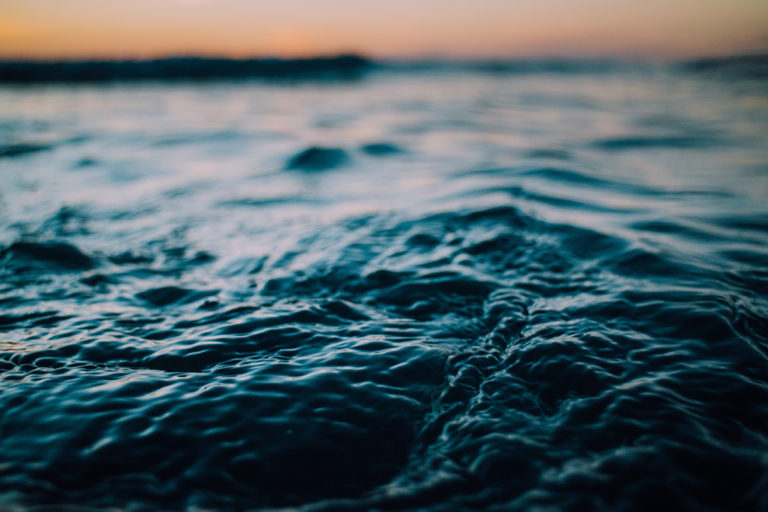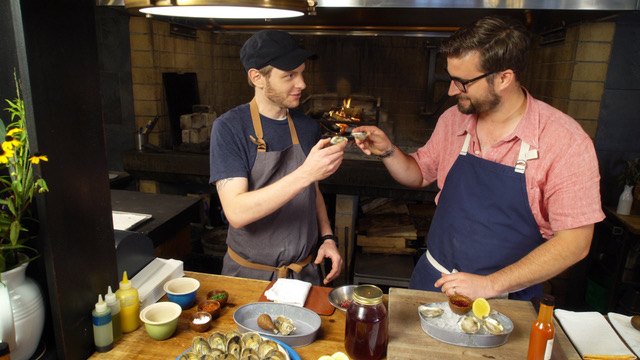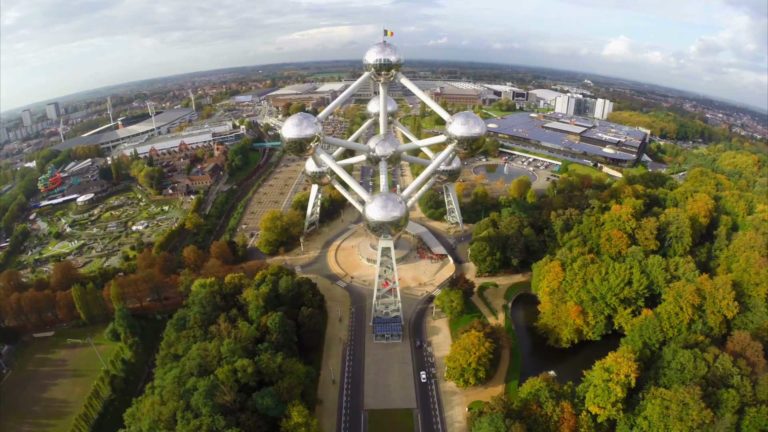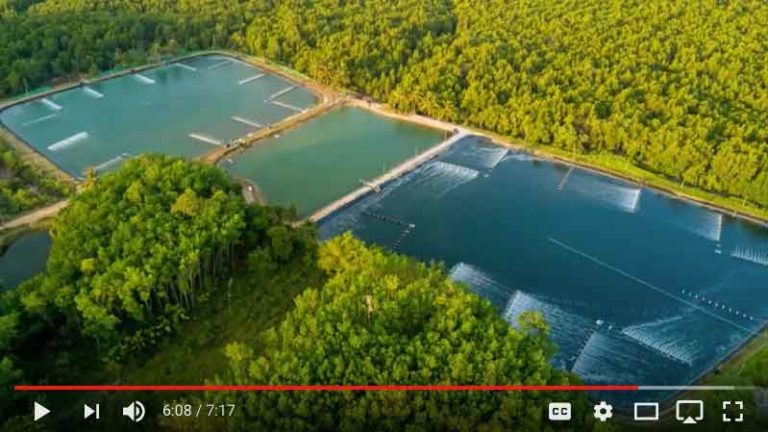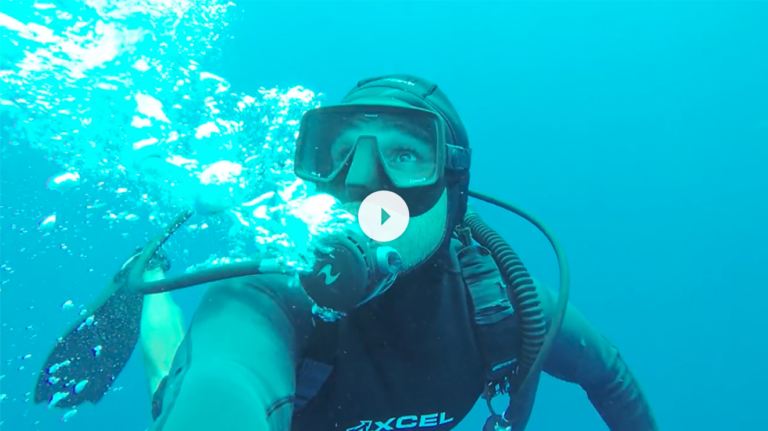
GAA Films Debuts Episode 4: ‘Aloha for This Place’
GAA Films, the Global Aquaculture Alliance’s documentary short film initiative, has debuted its fourth episode. Titled “Aloha for This Place,” the eight-minute episode follows the lives of three young fish farmers living on the Big Island of Hawaii. The episode explores what “being Hawaiian” means to these non-native residents and how farming fish affects their

